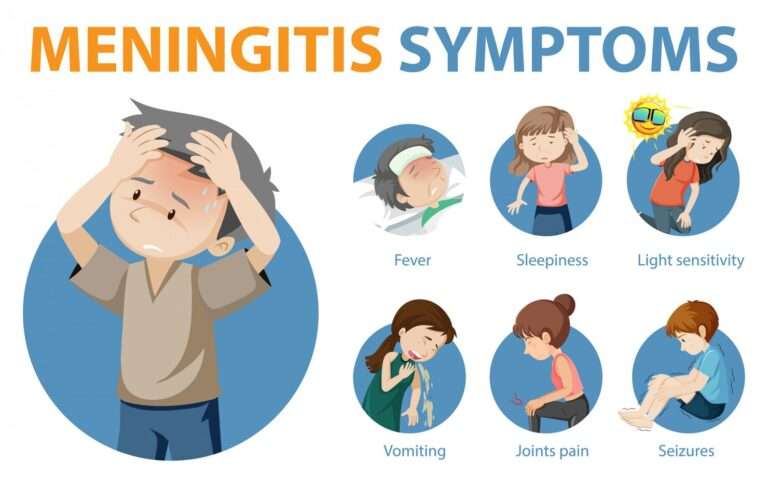Epilepsy in children
Epilepsy is a neurological disorder that can affect individuals of all ages, including children. Epilepsy in children is characterized by recurrent seizures, which are abnormal bursts of electrical activity in the brain. Here are some important points to consider regarding epilepsy in children:
- Prevalence: Epilepsy is one of the most common neurological disorders in children, and it can begin at any age, from infancy through adolescence. Some children may outgrow epilepsy as they get older, while others may have it throughout their lives.
- Causes: Epilepsy in children can have various causes, including genetic factors, brain injuries, infections (such as meningitis or encephalitis), developmental disorders (like cerebral palsy), brain malformations, and in some cases, the cause may be unknown (idiopathic).
- Types of Seizures: There are different types of seizures, and they can vary in their presentation. Common types of seizures in children include:
- Generalized Seizures: Affecting both hemispheres of the brain and often involving loss of consciousness. Types include tonic-clonic (formerly known as grand mal) seizures and absence seizures.
- Focal Seizures: Originate in a specific area of the brain and may or may not involve loss of consciousness. These can present with various symptoms, depending on the part of the brain affected.
- Diagnosis: Diagnosing epilepsy in children involves a comprehensive evaluation by a pediatric neurologist. This typically includes a detailed medical history, physical examination, neurological tests, EEG (electroencephalogram) to record brain activity, and sometimes imaging studies like MRI or CT scans to identify structural brain abnormalities.
- Treatment:
- Medications: The primary treatment for epilepsy in children involves antiepileptic medications (AEDs) prescribed by a healthcare provider. The choice of medication depends on the type of seizures and the child’s individual needs. Regular follow-up appointments are necessary to adjust medications and monitor their effectiveness.
- Ketogenic Diet: In some cases, a ketogenic diet, which is high in fats and low in carbohydrates, may be recommended, especially if medications are ineffective or have intolerable side effects.
- Vagus Nerve Stimulation (VNS): VNS therapy involves implanting a device that stimulates the vagus nerve to help control seizures.
- Surgery: In certain cases where seizures originate from a specific area of the brain and medications are not effective, surgery may be considered. This may involve removing the part of the brain responsible for the seizures (hemispherectomy, lobectomy, or other procedures).
- Lifestyle Considerations: Parents and caregivers of children with epilepsy should take steps to ensure the child’s safety during seizures, such as preventing injury during falls and ensuring they are aware of any seizure triggers. Additionally, maintaining a regular sleep schedule and managing stress can help reduce the frequency of seizures in some cases.
- Psychosocial Support: Epilepsy can have social and emotional impacts on children and their families. Support from healthcare professionals, support groups, and counseling services can be beneficial in coping with the challenges associated with epilepsy.
It’s important for parents and caregivers to work closely with a pediatric neurologist or epilepsy specialist to manage epilepsy in children effectively. With appropriate medical care and support, many children with epilepsy can lead normal, fulfilling lives.
------------From our Sponsors------------









